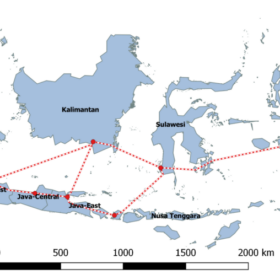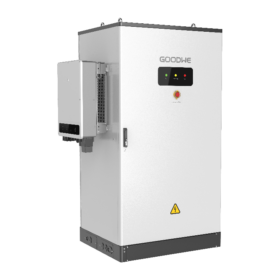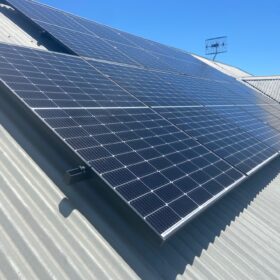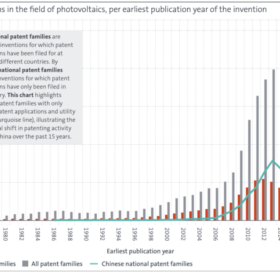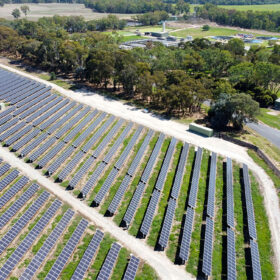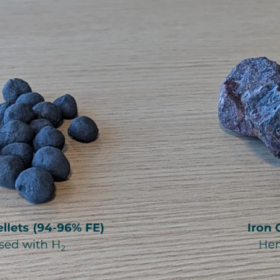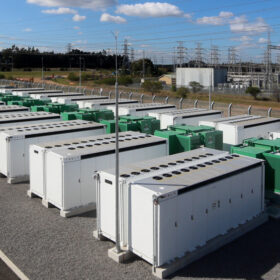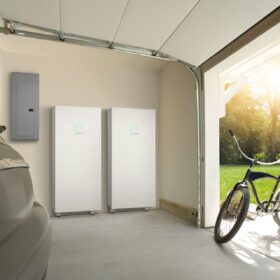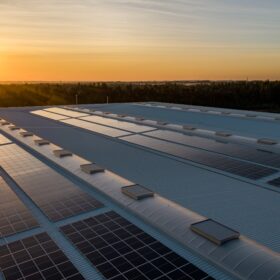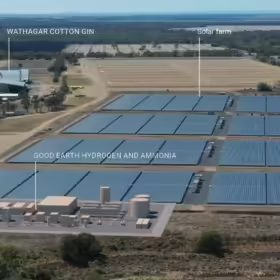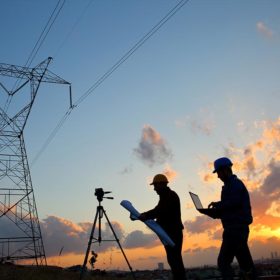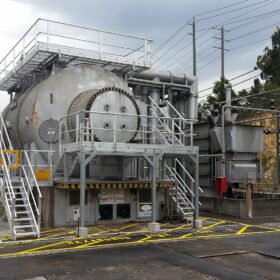Solar to drive Indonesia’s transition away from coal, biofuels
The role of solar PV in Indonesia will extend beyond replacing coal-based electricity generation; it will also include the production of e-fuels for hard-to-abate segments, offering an alternative to land-intensive biofuel production. A recent study explores, through various scenarios, the cost-competitiveness of solar PV-based electrification in supporting Indonesia’s renewable energy transition.
GoodWe launches scalable C&I battery system with 100 kWh+ capacity
GoodWe has released its BAT series battery cabinet for small to mid-scale commercial projects, with two capacities at launch at 102.4 kWh and 112.6 kWh, and outdoor use in mind.
Consumer energy resources get top priority in AEMO’s FY2026 plan
AEMO will prioritise consumer energy resources integration over the coming financial year, and is part of 29 actions being prioritised for the energy transition as outlined in its Engineering Roadmap FY2026 Priority Actions report.
First Nations renewable energy project participation boosted with new guide
The First Nations Clean Energy Network offers a first step template outline early engagement strategies and equity to be proponents through strong agreements, benefit sharing, and more.
Envision Energy unlocks 1.5 GWh energy storage potential with new partnership
Envision Energy and FERA Australia have signed an agreement to collaborate on the delivery of large-scale hybrid renewable energy projects across Australia’s national electricity market (NEM), with the potential to deliver up to 1.5 GWh of battery energy storage.
Queensland Bill tightens social licence and community benefit rules for solar
Queensland has mandated large-scale solar project community benefit and social licence requirements but critics argue it unfairly exempts Olympic Games related projects, risks renewable energy project delays and, weakens First Nations rights.
Photovoltaic inventions increase seventeen-fold in three decades
The European Patent Office says China has overtaken other countries in photovoltaic patent filings over the past 15 years, while European startups and universities retain a lead in agrivoltaics and niche solar applications.
Victorian water company achieves 100% electricity from renewable sources
Victorian water and sewerage services provider Wodonga-headquartered North East Water is getting 100% of its electricity from renewable resources, including solar, battery storage, and wind.
New Western Australia partnership takes aim at producing green iron
Three Western Australian companies have joined forces to form a new joint venture with the goal of producing green iron using iron ore and green hydrogen produced locally.
Grid-forming batteries and multiple SynCon to underpin NSW transition
Transgrid has chosen grid-forming batteries and synchronous condensors as its preferred system strength technologies, as coal generators retire over the next decade and renewable energy supplies the state.
